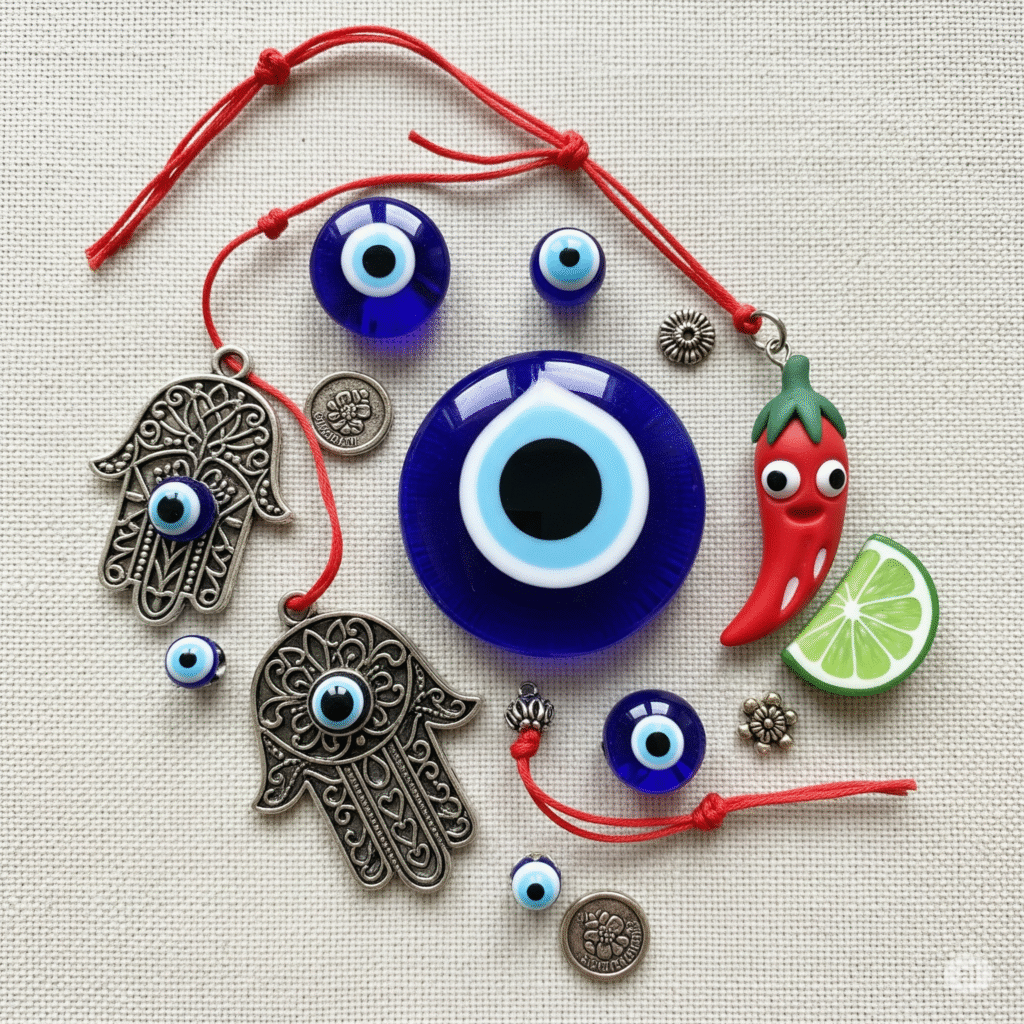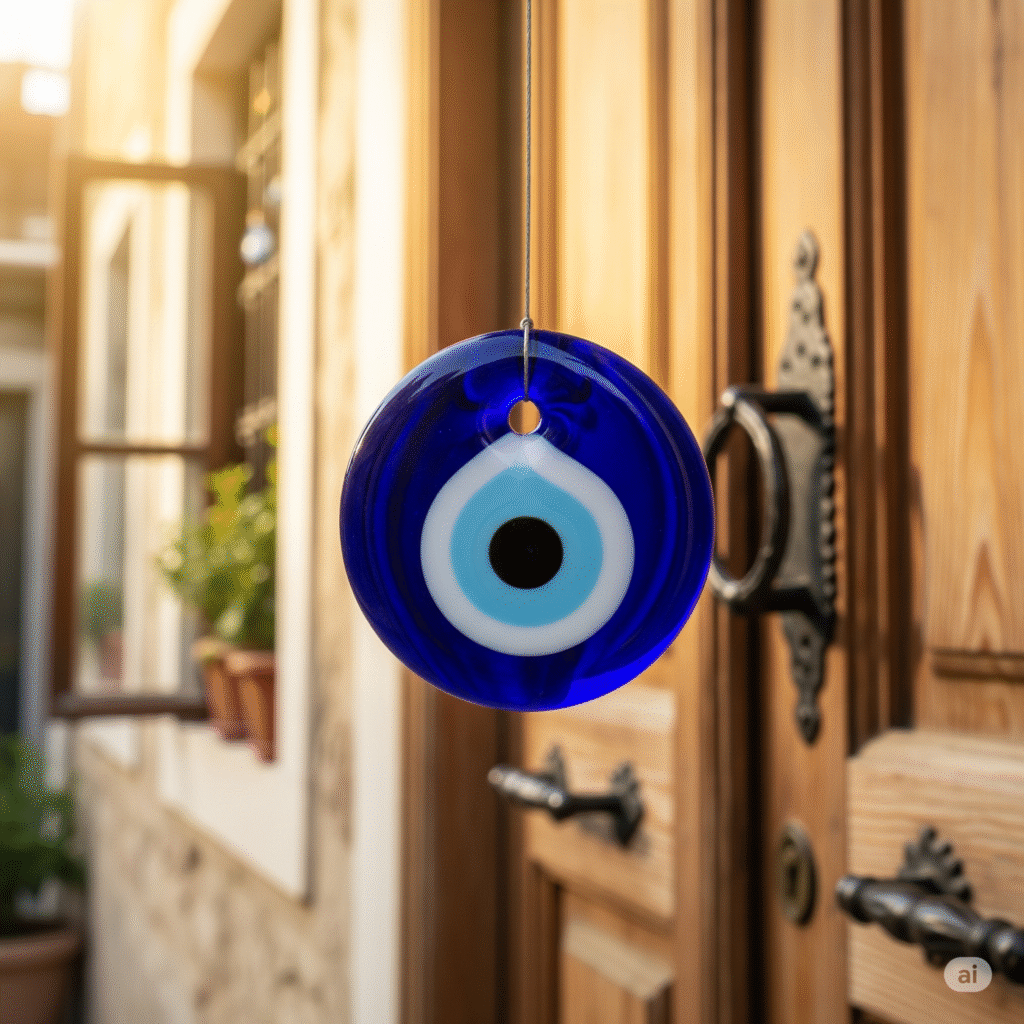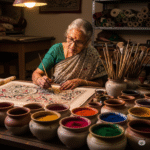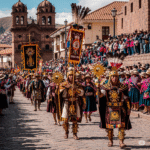Across the Mediterranean, the Middle East, South Asia, and parts of Latin America, you’ll find a common image staring back at you – a blue eye, painted on beads, jewelry, walls, and even baby clothes. This is the evil eye symbol, known by many names like Nazar, Mal de Ojo, or Drishti. But despite the variation in languages and designs, its purpose remains the same. It protects against jealousy, bad luck, and negative energy.
What Exactly Is the Evil Eye?
The term “evil eye” refers to both a malevolent glare believed to cause harm, and the protective symbol used to deflect it. In many cultures, it is thought that a person can unintentionally cast the evil eye by admiring someone too strongly, especially a child or a new possession, without offering a blessing.
This belief goes back thousands of years. It appears in ancient Mesopotamian texts, classical Greek writings, Islamic folklore, and even in Jewish and Christian traditions. The eye itself represents constant vigilance, watching out for danger and sending it away before it arrives.
The Look of the Symbol

The most recognizable form is a round blue-and-white bead resembling an eye, often called a Nazar amulet. But the design varies across regions:
- Turkey and Greece: Deep blue glass eyes used as keychains, bracelets, and home decor
- India: Black dots drawn on babies’ foreheads or chili-lime charms hung outside homes
- Latin America: Red thread bracelets for newborns, often blessed by elders
- North Africa: Hand of Fatima (Hamsa) with an eye motif in the center
Despite different materials and styles, all these versions carry the same core idea to absorb or block harmful intentions sent through a gaze.
Why Blue?
Blue is believed to be a spiritually powerful color. In some cultures, it represents water, sky, or divine protection. In ancient times, blue dyes were rare and expensive, so anything blue was thought to carry value and purity. The color may also reflect the iris of light-colored eyes, which were historically seen as more likely to cast the evil eye in regions where they were uncommon.
Not Just Superstition
While modern science doesn’t support the literal belief in a harmful gaze, anthropologists argue that the evil eye symbol serves an important social function. It helps people express concern for envy, promotes humility, and encourages sharing. By acknowledging the power of jealousy, the evil eye warns us to be mindful of our energy and thoughts toward others.
In some ways, it acts like a cultural antivirus filtering out negativity before it spreads.
Fashion and Meaning
Today, the evil eye is as much a fashion trend as it is a spiritual token. Celebrities wear evil eye jewelry, designers feature it in clothing lines, and digital emojis even include it. Yet for many people, wearing an evil eye is not just aesthetic. It is a quiet way to carry a wish for safety and well-being.
Families often gift evil eye bracelets to newborns, newlyweds, or students heading abroad. Some even hang Nazar charms on new cars or laptops as a gesture of protection in modern life.
Connected Across Cultures

What makes the evil eye symbol so powerful is its universality. Without a single religion or country to claim it, the symbol belongs to humanity as a shared instinct to protect what we love from unseen harm. It reminds us that across cultures and continents, people have always looked for ways to guard themselves and their families with simple, meaningful symbols.
Next Time You See It
Whether it is dangling from a necklace in a Turkish bazaar or hand-painted on a wall in Morocco, the evil eye is more than decor. It is a centuries-old message in visual form a protective glance that says, “I see you. Stay safe.”
And in a world full of unseen challenges, maybe that extra layer of symbolic protection is more comforting than we think.






